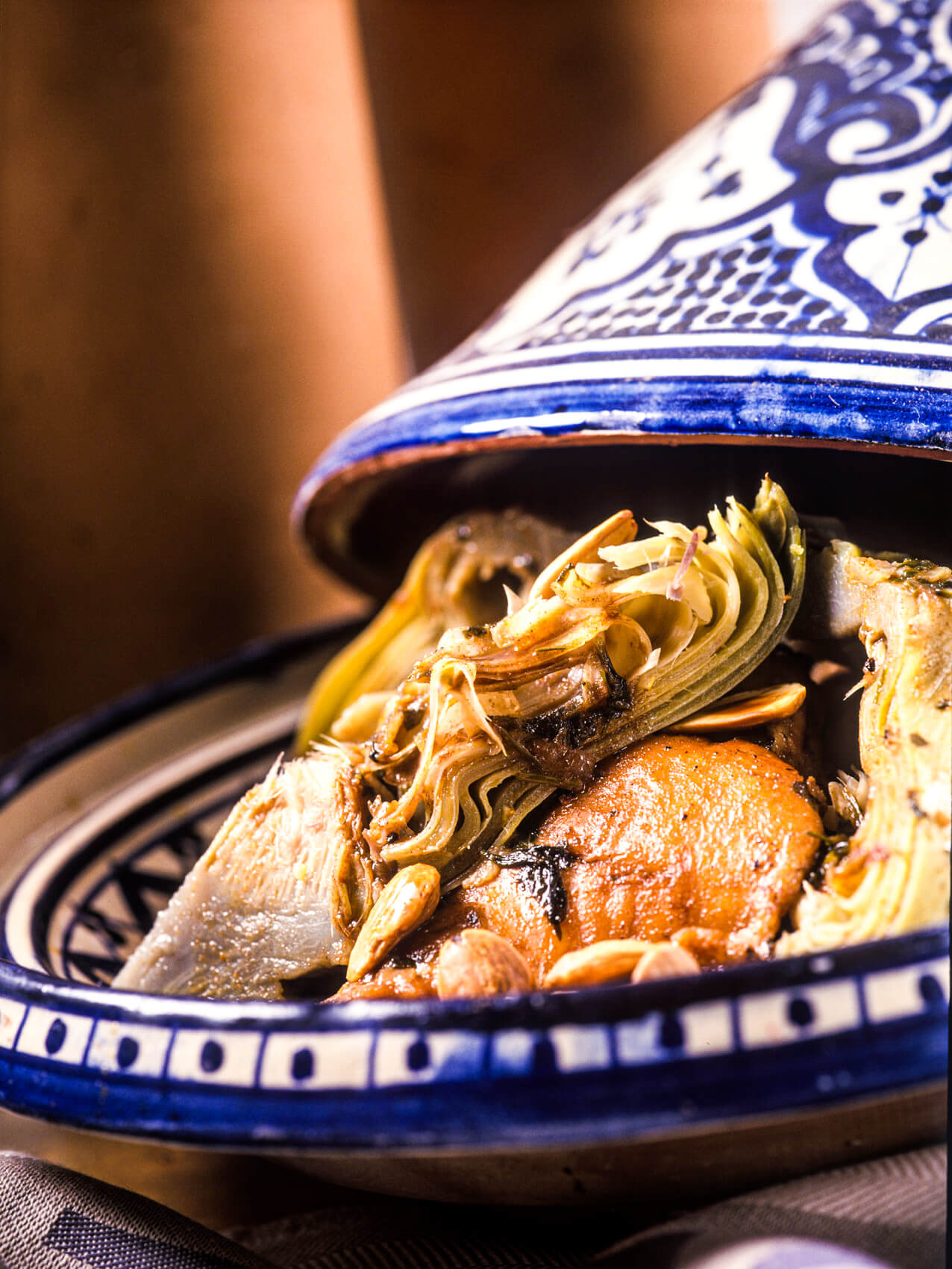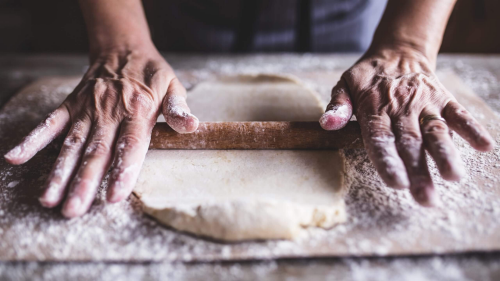
When cooks want to get adventurous, many go global in the kitchen. Part of the fun of getting to know a new country is in cooking and tasting its cuisine. While exploring international dishes, it’s not uncommon to come across new cooking methods and tools, which is why many cooks are adding a number of unusual pans, bowls, grills and storage containers to their culinary libraries.


MAKING A DANISH DESSERT
Travelers to Denmark never find a shortage of bakeries, which shows how much the locals love their pastries, breads and cakes. Although well known for creating the best Danish (aka wienerbrod) in the world, Danes enjoy making and eating a variety of desserts, especially at Christmastime or Jul, an old Nordic word meaning “feast.” Many holiday meals end with aebleskiver, a dessert which looks like donut holes and tastes like pancakes. Found in nearly every Danish home, an aebleskiver pan features cast-iron construction and several small, round cups. Once cooked, these treats are sprinkled with confectioner’s sugar and served with jam, applesauce or syrup.

COOKING UP KOREAN FOOD
Watching contestants on cooking shows whip up dishes like bibimbap, foodies around the globe are falling in love with Korean food. Bibimbap contains an array of tasty ingredients, but this dish is all about the presentation. It features a layer of rice topped with separate meats and veggies and served with an over-easy egg and a zesty chili paste called gochujang. Once served, diners mix all the ingredients together for an explosion of flavor. To make bibimbap, it’s common to use a Korean cooking staple called a dolsot bowl. This granite vessel retains heat and gives the rice a delicious, crispy bottom. Korean cooks also use dolsot bowls for serving plain rice and noodles.


ENJOYING AN ALPINE TREAT
Fans of the children’s book, “Heidi” understand the connection that Swiss people have to warm, toasted cheese, especially in the alpine regions of the country. Today, when the weather chills, cooks from all over Switzerland enjoy getting out their raclette grills, named for a local cheese that tastes delicious served warm and gooey. The top of this device features a griddle for cooking up meats, veggies, potatoes and bread, and the bottom contains small pans called coupelles where the cheese-melting magic happens. As raclette grills grow in popularity outside of Switzerland, cooks are discovering all kinds of culinary possibilities for them including kabobs, wraps, sandwiches, rice and pasta.

STORING INDIAN SPICES
To say that Indian cuisine is spicy doesn’t do it justice. In India, cooks use different spices in different regions, and knowledge about how to use them is passed down from generation to generation. Throughout the country, Indian cooks keep treasured spices in a masala dabba, a box with several individual compartments and a tight-fitting lid. Inside are ingredients like cumin, coriander, fennel, garam masala, mustard seeds, and red chili powder. Combined with slow cooking methods, these spices deliver a heady aroma and layers of pungent flavor for dishes like curry, tandoori chicken or Rogan Josh (red lamb). Although intended for use with Indian cooking, a masala dabba can house spices for any type of cuisine, from Italian to Mexican.
"In India, cooks use different spices in different regions, and knowledge about how to use them is passed down from generation to generation."
TAGINE
Originating from Northern Africa, this earthenware pot features a dome-shaped top that keeps the ingredients inside moist. Also, it has a round, flat base, which we love to use as a serving dish. In Moroccan cuisine, these vessels are used to create slow-cooked stews which are also called tagines. Our favorite tagine recipe uses beef, artichokes, carrots, peas, and lots of earthy Moroccan spices.
In using cooking methods and tools from other countries, cooks get to learn about new cultures. While some recipes may seem daunting, taking on new challenges is fun, and in this fast-paced world, people can never have enough of that.



Related Articles
-
 Food & Drink March 16, 2020 | 5 min read Going Rogue in the Kitchen Eventually, I did what most people do when they’re feeling confident in the kitchen. I whipped up a pot of homemade soup without any instructions.
Food & Drink March 16, 2020 | 5 min read Going Rogue in the Kitchen Eventually, I did what most people do when they’re feeling confident in the kitchen. I whipped up a pot of homemade soup without any instructions. -
 Food & Drink March 16, 2020 | 6 min read Delicious Differences: Potatoes Mashed potatoes. Fried potatoes. Hash browns. Baked potatoes. The list goes on for all the ways you can prepare potatoes in the kitchen.
Food & Drink March 16, 2020 | 6 min read Delicious Differences: Potatoes Mashed potatoes. Fried potatoes. Hash browns. Baked potatoes. The list goes on for all the ways you can prepare potatoes in the kitchen. -
 Food & Drink June 11, 2020 | 6 min read Food Traditions Family traditions don’t always have rhyme or reason, but they give us something to look forward to, and remind us to be grateful.
Food & Drink June 11, 2020 | 6 min read Food Traditions Family traditions don’t always have rhyme or reason, but they give us something to look forward to, and remind us to be grateful.